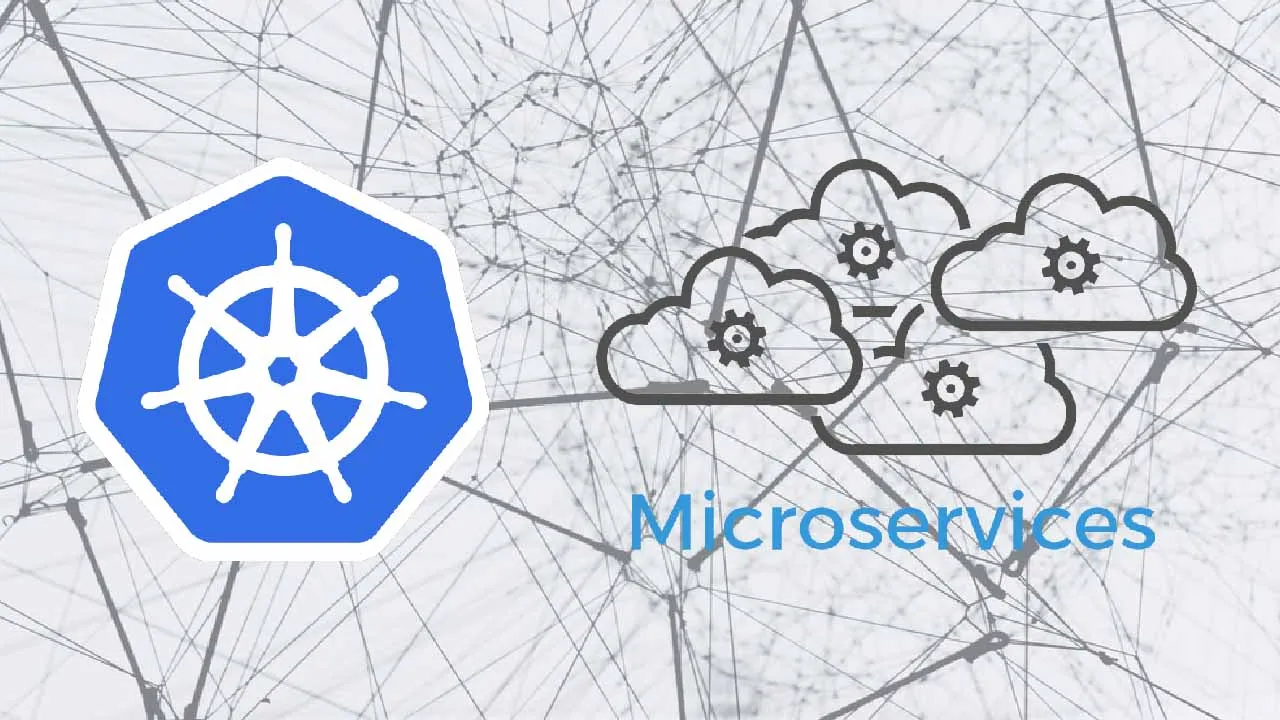A hands-on tutorial on how to implement your micro-service architecture using the powerful container orchestration tool Kubernetes.
Kubernetes is a powerful container orchestration tool that automates deployment and management of containers. If you have a simple lightweight application that exists of one service, don’t bother using Kubernetes. Kubernetes’ benefits emerge if your application has a micro-service architecture with several components working together. It is a ‘open-source system for automating deployment, scaling and management of containerized applications and comes with several benefits including:
- Easy (auto-)scaling based on demand
- Ways to make your application fault tolerant by distributing workloads in a way that it will remain functional in case of partial failure
- Automated health-checks and self-healing processes
- Taking care of the communication between your micro-services and balancing incoming traffic evenly over all your resources
Starting with Kubernetes may seem daunting at first, but if you grasp the main concepts of it and play around with the excellent tutorials on the official website, you can get started fairly easily.
In this blog I will:
1. Provide a quick overview of the main concepts of Kubernetes
2. Demonstrate how to start your own local cluster
3. Deploy a MySQL database on your cluster
4. Set up an Flask app that functions as REST API to communicate with the database
#data-engineering #mysql #kubern #flask #microservices
